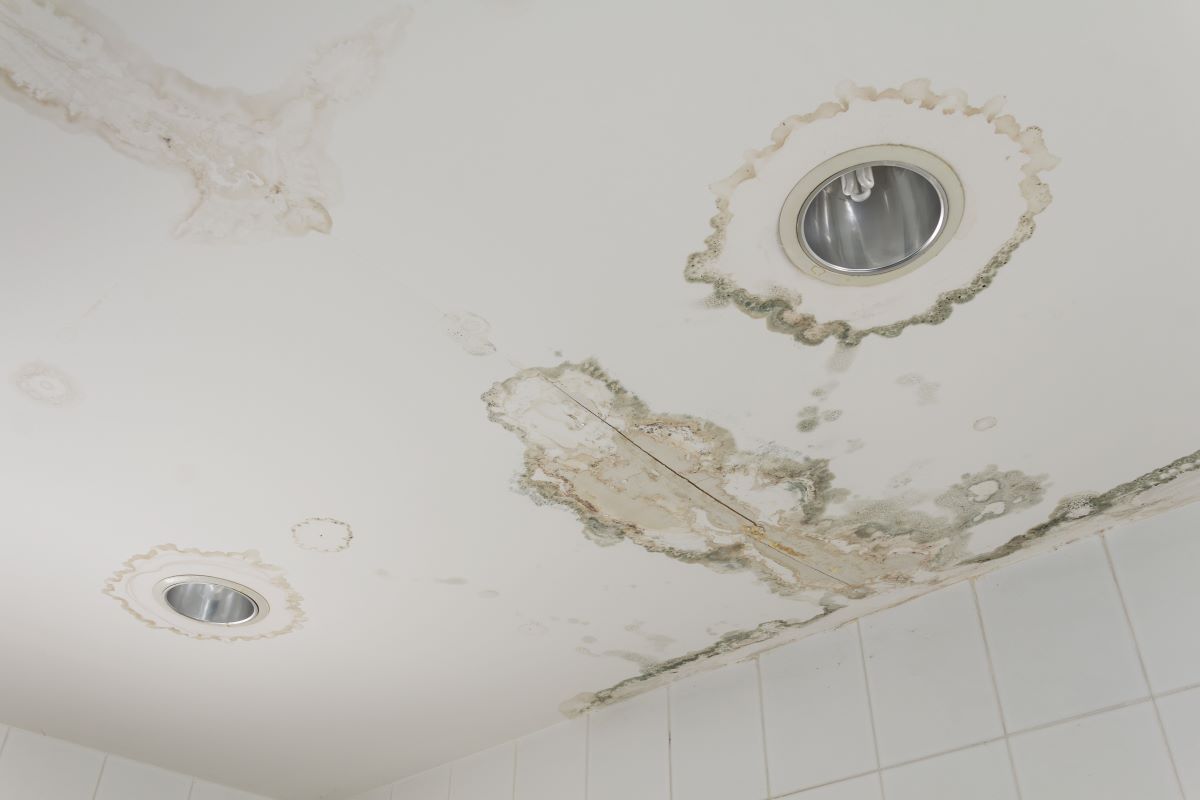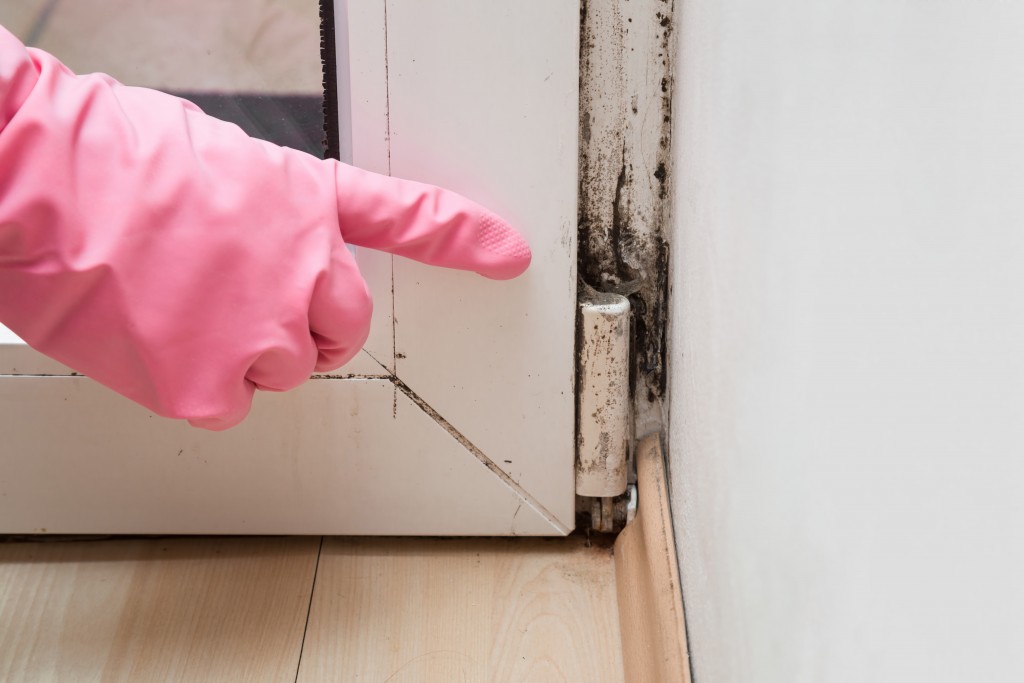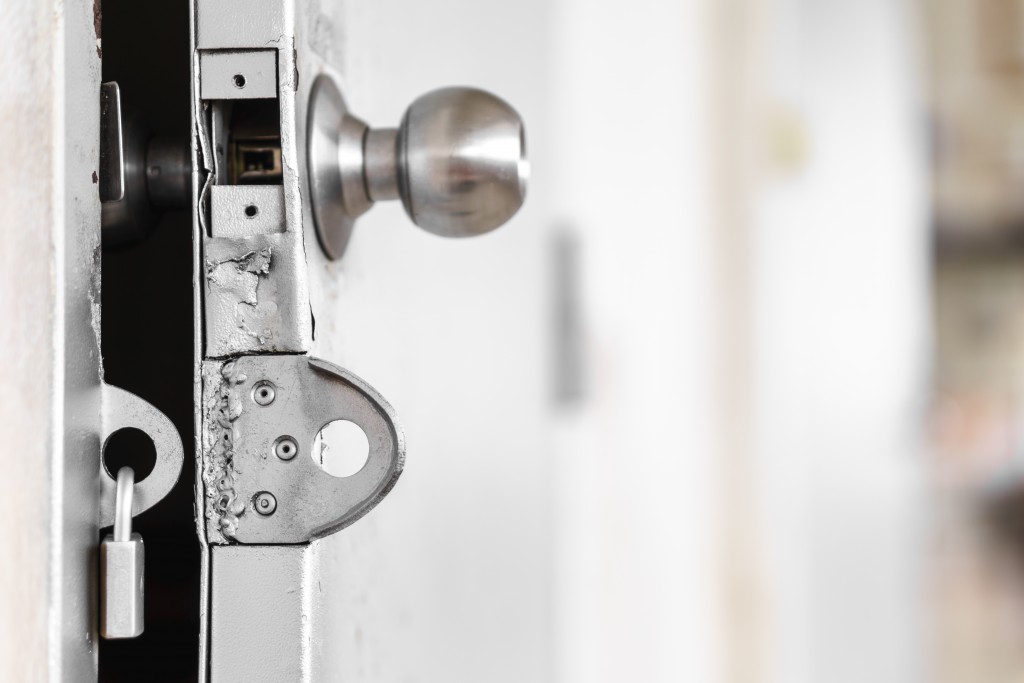The presence of molds in homes and buildings is fairly common. Molds tend to thrive in environments where there is a lot of moisture. You usually see molds around leaks in pipes, windows, and roofs. They are also common in areas that are frequently flooded. Molds could also grow on wood products, tiles, and even on dust, paints, and carpets. Molds can be virtually seen anywhere in your house.
The presence of molds in homes is not a good thing. Back in 2018, CBS News reported the death of a freshman college student allegedly due to a virus coming from the mold infestation in their dorm. But what are the other dangers that come with mold infestation to our family’s health and our home’s structural integrity? Let us learn more about it.
What Are Molds?
Molds belong to the family of fungus. There are various types of molds, and they can be found anywhere, both indoors and outdoors. Molds spread through spores. These tiny particles float around in the air, and once they land on a damp spot, they begin to grow.
Mold spores grow well in a humid environment. That is why you often see them near windows, roof leaks, and pipes. They thrive well on any surface such as paper, wood, plastic, fabric, and even glass. What is worse is that they “eat” the material that they grow on.
Harmful Molds Lurking in Your Home
As mentioned, there are different types of molds commonly found inside homes. Although not all molds are harmful, some pose a serious threat to you and your loved ones if they are present inside your home. These are some toxic molds that you need to be aware of.
Stachybotrys
Also known as the “black mold”, Stachybotrys is among the most dangerous types of mold. It could cause diarrhea, flu-like symptoms, memory loss, and could drastically damage your respiratory system.
Children are the most at risk when exposed to black molds as their lungs are still developing. Black molds got its name because of its color. However, it could also be dark green or grey. It usually gives off a musty or mildew-like scent.
Chaetomium
This type of mold is usually found in homes that have suffered water damage. It is somewhat similar to black molds as thrives in the same environments: wet and dark. Chaetomium could cause mild allergies like watery eyes and difficulty in breathing. However, frequent exposure to such could cause neurological damage.
Fusarium
Usually found in soil and plant debris, fusarium also thrives in damp areas inside your home, including your humidifier plans and HVAC system. In some instances, exposure to this type of mold could cause a serious eye infection.
How Molds Get Indoors
As mentioned, molds can grow both in outdoor and indoor environments. Molds can get into your house through windows, doorways, HVAC systems, and any other openings. Mold spores from the outside could cling to your shoes and clothes. Your pets could also carry them indoors as they go outside and play
Molds thrive indoors because there are a lot of building materials conducive for mold growth. Wood products, wet cellulose materials such as paper and cardboard, dust, paints, fabrics, and drywalls provide suitable nutrients that foster molds to flourish.

Ways to Prevent Mold Infestation Inside Your House
Control Humidity
Controlling your home environment’s humidity level is the primary way of preventing mold growth. It is suggested to maintain humidity below 50 percent during summers and 40 percent below during the winter. Consider using a dehumidifier to regulate the level of humidity inside your home.
Clean Surfaces Regularly
Keeping the surfaces of your indoor home dust-free and clean could significantly help lessen, if not prevent, mold growth. Use non-toxic cleaning products when cleaning surfaces to avoid the risk of inhaling toxic fumes. Wash cleaning cloths and dusters to ensure that there is no leftover particulate matter.
Maintain Good Ventilation
Another important aspect of mold prevention is to maintain good ventilation. Proper ventilation promotes air circulation which helps reduce moisture in the air. Consider hiring an HVAC professional to have your HVAC system cleaned. Your dryer could also be causing mold issues inside your home. Acquiring dryer vent cleaning services should fix that problem right up.
Use an Air Purifier
Air purifiers cannot help repair structural mold damage but it is useful in reducing mold exposure. Mold spores travel in the air. When inhaled, it can cause a wide range of health problems including respiratory illnesses, eye problems, and severe headaches. Opt to invest in home air purifiers to keep you and your loved ones safe and healthy.
If you have noticed mold growth inside your house, do not wait too long to get it sorted out. The risks that come with mold exposure are not trivial. It could cost the health and the structural integrity of your home.




